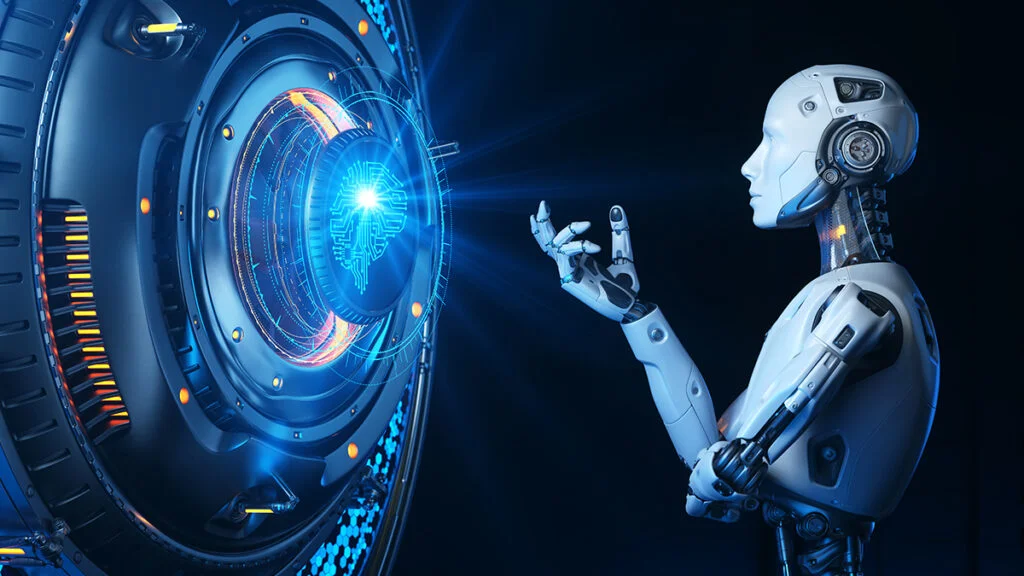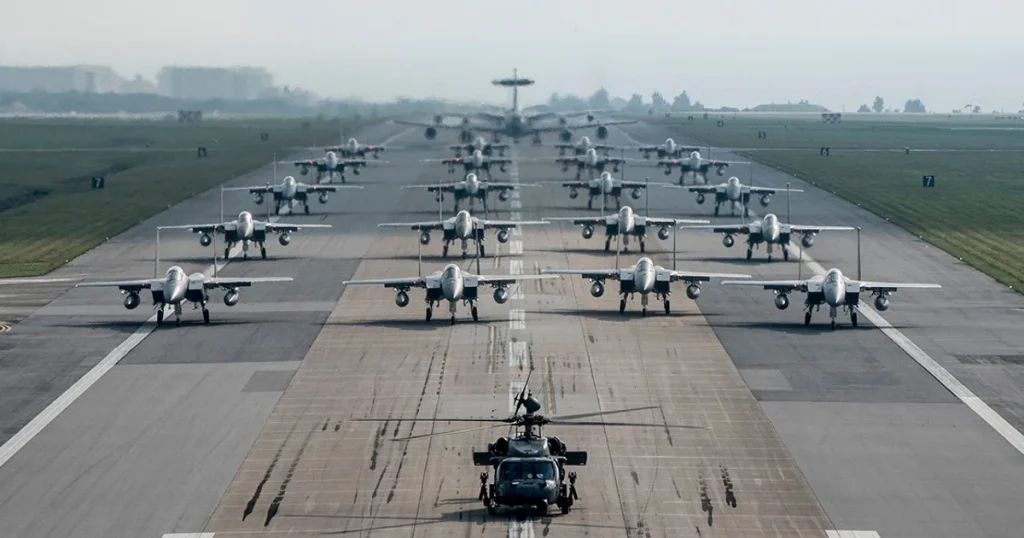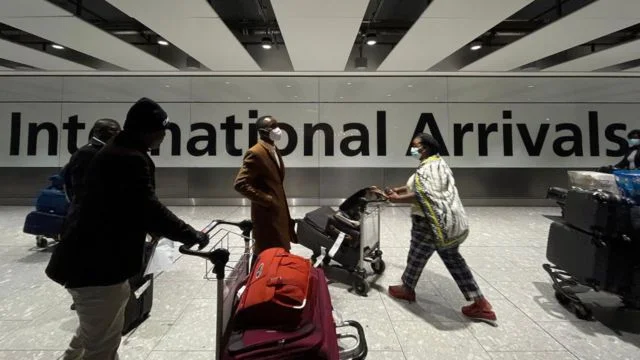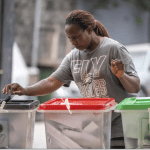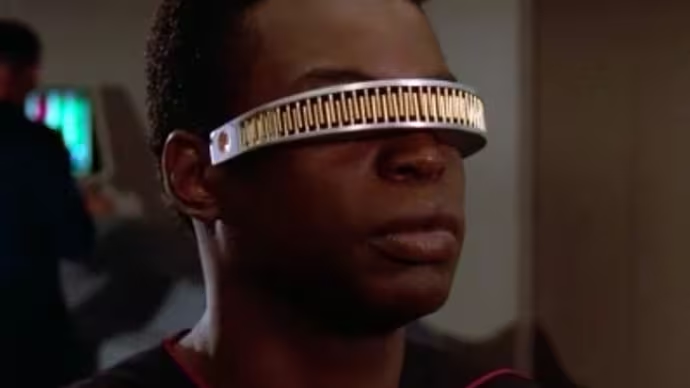A 16-year-old student in Baltimore faced a frightening encounter when armed police confronted him, mistaking a bag of potato chips for a firearm due to an error by an artificial intelligence (AI) system.
The incident, which unfolded after a football practice, has raised concerns about the reliability of AI-based security measures in schools.
Student’s Account
The student, Taki Allen, recounted the alarming moment when multiple police vehicles arrived at his school. “Officers surrounded me with guns drawn, ordering me to the ground,” he said.
Allen explained he had just finished eating a bag of chips and tucked the empty packet in his pocket. Within 20 minutes, police arrived, handcuffing him briefly before determining there was no threat.
Police and School Response
The Baltimore County Police Department stated that officers acted appropriately based on the initial AI alert. They clarified that Allen was detained but not arrested, and the situation was resolved safely after confirming he carried no weapon.
The school principal explained that the AI system flagged a potential firearm, but the safety team quickly dismissed the alert after review. However, the principal still contacted the school’s resource officer, who escalated the matter to local police.
AI System’s Role
The AI tool, designed to detect weapons, flagged the chip bag as a potential threat. The alert was sent to human reviewers, who determined there was no danger. Despite this, a communication error led to police involvement.
The technology provider expressed regret, stating the system operated as intended by prioritizing safety through rapid verification. They noted that their role ended once the alert was marked resolved.
Calls for Review
The incident has prompted local leaders to demand a reevaluation of AI use in schools. A Baltimore County council member urged the school district to reassess its protocols for AI-powered weapon detection systems, citing the need for greater accuracy to prevent such errors. The incident has fueled broader discussions about the reliability of AI in high-stakes security settings.
Impact on the Student
Allen said the experience has left him cautious. “I don’t feel safe going outside after practice, especially with something as simple as a chip bag,” he remarked.
The incident has shaken his sense of security, highlighting the real-world consequences of technological errors.
Broader Implications
The use of AI for weapon detection has faced scrutiny, with concerns about its precision in distinguishing harmless objects from threats. This case underscores the challenges of relying on such systems in sensitive environments like schools, where false alarms can lead to unnecessary distress and escalation.
Moving Forward
As schools increasingly adopt AI for safety, this incident highlights the need for clear protocols and rigorous oversight.
The Baltimore school district faces pressure to refine its procedures to ensure technology enhances, rather than undermines, student safety. The community awaits further action to prevent similar mistakes in the future.

